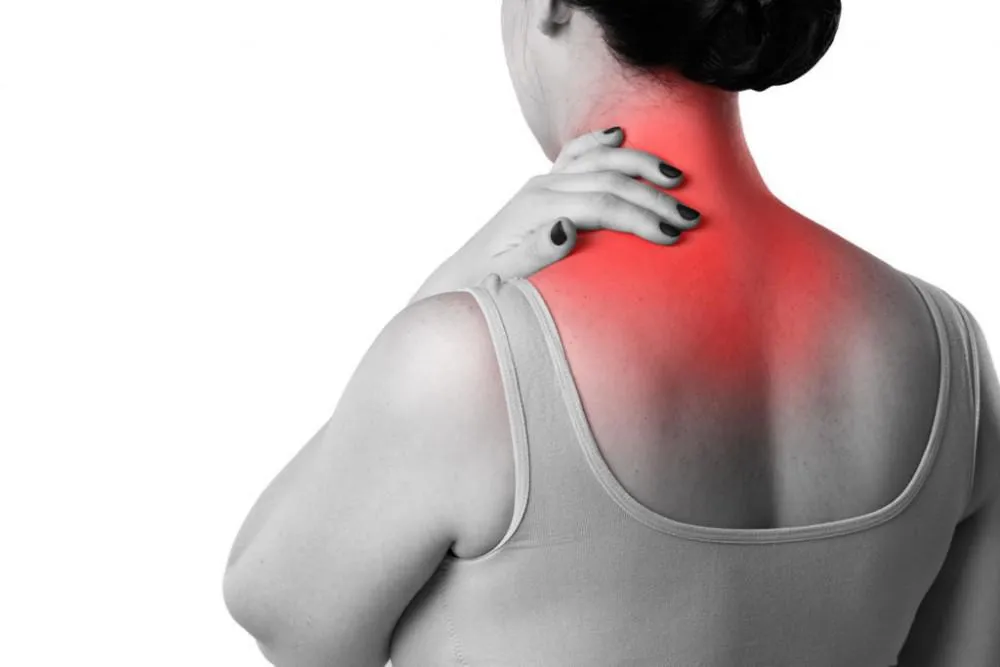Achilles Tendinitis: Symptoms, Causes, Prevention
Achilles tendinitis is a prevalent overuse injury that impacts the Achilles tendon—a critical band of tissue that connects the calf muscles to the heel bone.
Oct. 14, 2023, 4 min read, Articles
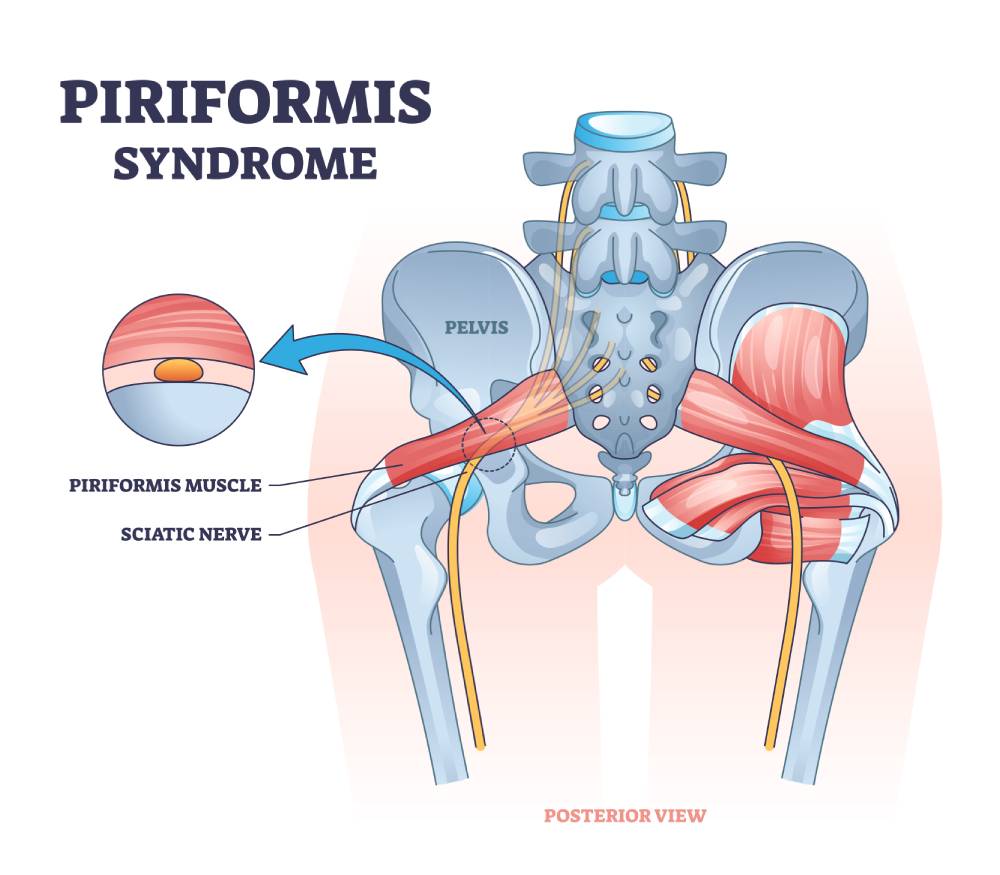
Piriformis syndrome is a perplexing condition, often overshadowed by more common sources of hip and lower back pain. In this comprehensive guide, we will delve into the intricacies of piriformis syndrome, unveiling its nature, exploring its multifaceted causes, dissecting its symptoms, and presenting effective treatments. Furthermore, we will shine a spotlight on specific clinic services tailored to alleviate your discomfort and aid your journey to recovery.
Piriformis syndrome is an intricate neuromuscular ailment characterized by the compression or irritation of the sciatic nerve by the piriformis muscle. Nestled deep within the buttocks, the piriformis muscle, when afflicted, can send shockwaves of discomfort and dysfunction throughout the lower body. Understanding the role of the sciatic nerve, which stretches from the lower back, through the hips, and down each leg, is crucial in comprehending the far-reaching implications of piriformis syndrome.
Unraveling the enigmatic origins of piriformis syndrome reveals several contributing factors, which may include:
The labyrinthine web of piriformis syndrome unfolds through its unique set of symptoms, which include:
Piriformis syndrome and sciatica, both notorious for causing pain in the buttocks and legs, are often confused due to their overlapping symptoms. In this section, we will unravel the differences between these two conditions, shedding light on their distinct characteristics and helping you distinguish between them.
In summary, while both piriformis syndrome and sciatica can cause similar symptoms and discomfort in the buttocks and legs, they have distinct root causes and pain patterns. Piriformis syndrome primarily arises from issues with the piriformis muscle, resulting in localized pain, while sciatica is generally linked to spinal conditions and leads to radiating pain along the sciatic nerve's pathway. Accurate diagnosis by a healthcare professional is crucial to determine the precise source of your discomfort and guide the most effective treatment.
Navigating the labyrinth of piriformis syndrome unveils a spectrum of effective treatments aimed at mitigating pain and discomfort:
York Rehab Clinic stands as a beacon of hope in the realm of piriformis syndrome treatment. Among the suite of services provided, physiotherapy and osteopathy emerge as potent allies in your quest for relief, diligently addressing the root causes of this syndrome and offering sustainable reprieve. In select cases, shockwave therapy might be recommended, harnessing its potential to further augment your path to recovery.
In the complex landscape of piriformis syndrome, a comprehensive understanding of its underpinnings and manifestations is the first stride on the path to reclaiming comfort and mobility. The expertise of your local clinic offers a lifeline in your journey toward well-being, armed with a repertoire of services including physiotherapy, osteopathy, and shockwave therapy. Piriformis syndrome need not dictate the contours of your life—seek professional care, regain control, and set your sights on a future unhindered by discomfort.
Achilles tendinitis is a prevalent overuse injury that impacts the Achilles tendon—a critical band of tissue that connects the calf muscles to the heel bone.
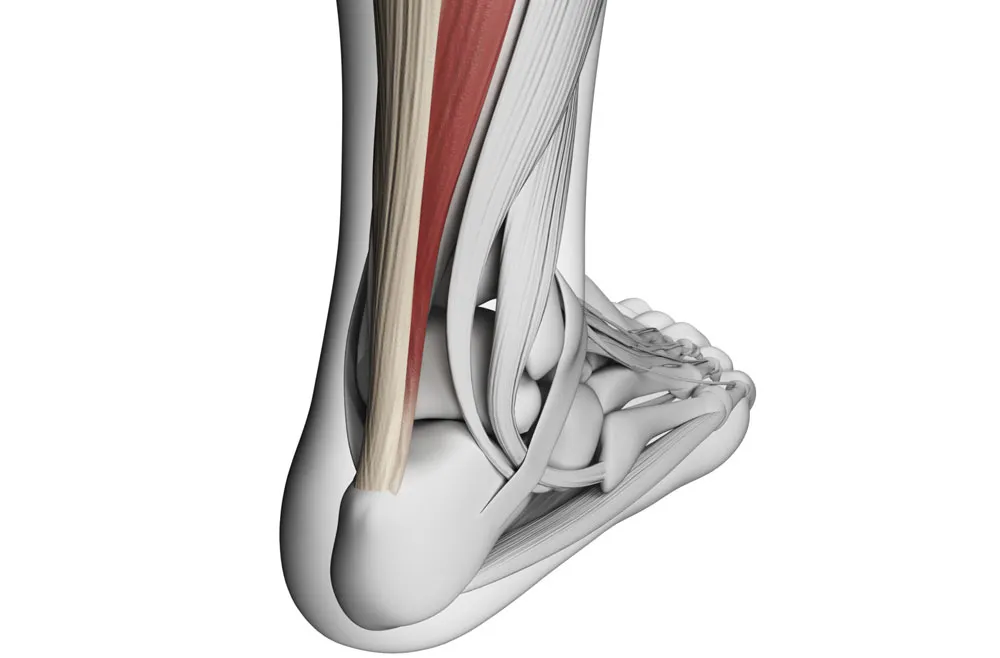
Back pain is a prevalent and often debilitating condition that can affect individuals of all ages and walks of life.

Arthritis is a common and often painful condition that affects millions of individuals worldwide. It's not a single disease but rather a group of more than 100 different types of joint-related conditions.
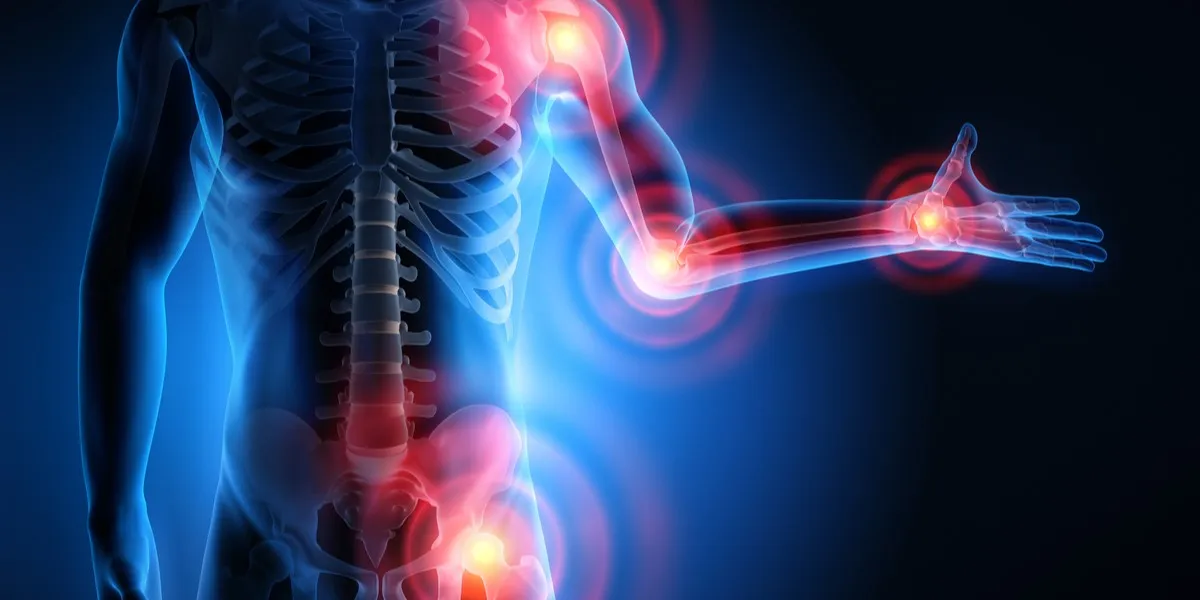
Ankle injuries are prevalent in the world of sports and can be a significant setback for athletes.
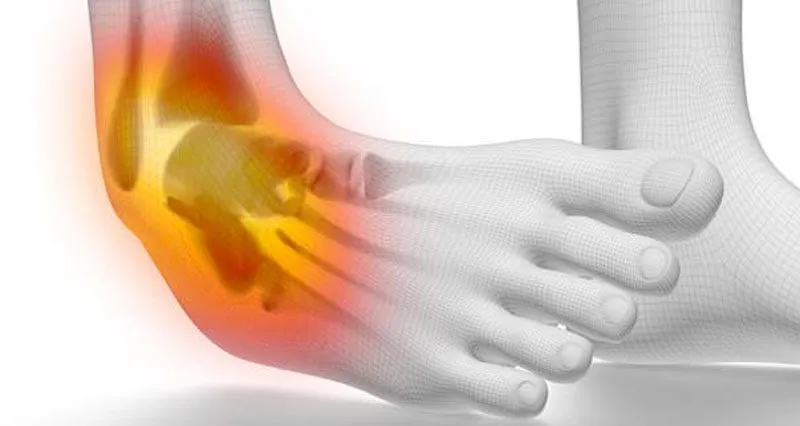
Amyotrophic Lateral Sclerosis (ALS), often referred to as Lou Gehrig's disease, is a progressive neurodegenerative disorder that affects nerve cells in the brain and spinal cord.
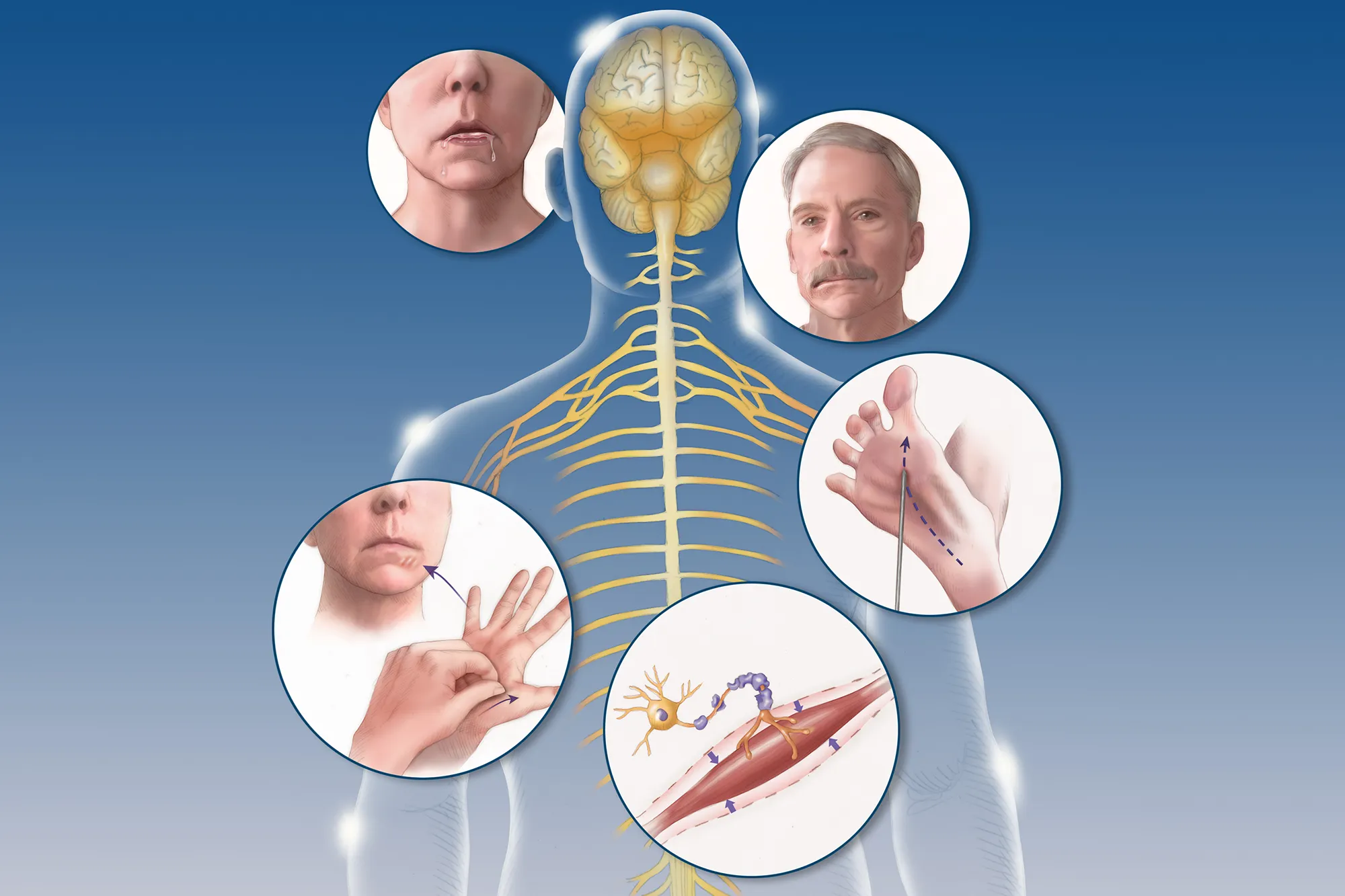
Degenerative Disc Disease (DDD) is a common condition that affects the intervertebral discs in the spine.
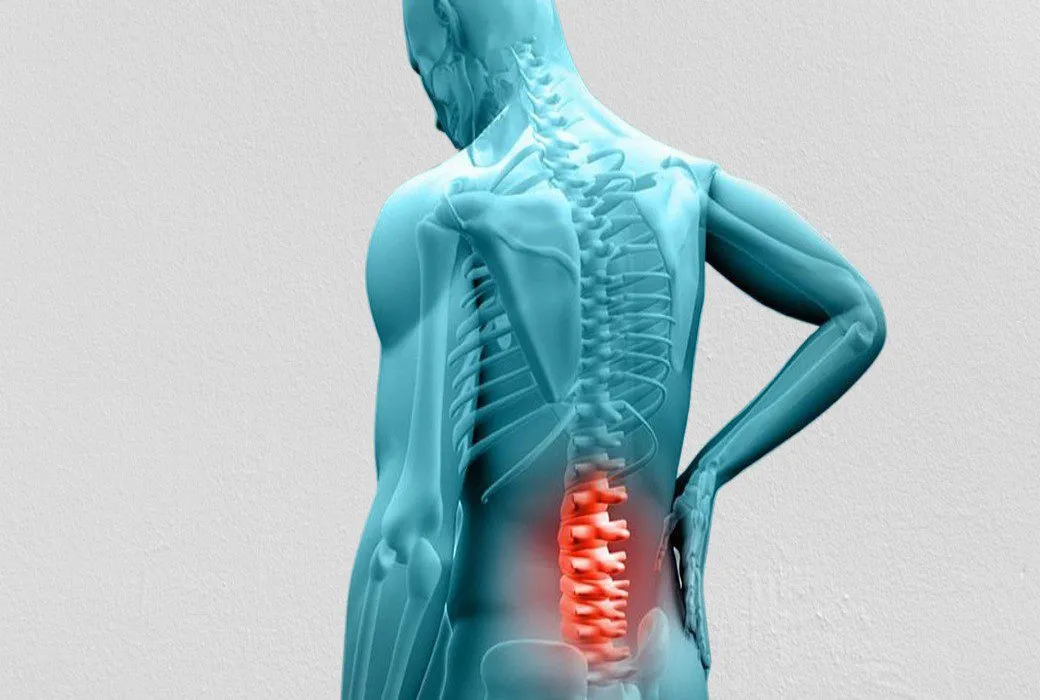
Myalgic Encephalomyelitis/Chronic Fatigue Syndrome (ME/CFS) is a perplexing and debilitating condition that impacts individuals, often altering their daily lives and challenging conventional understanding.
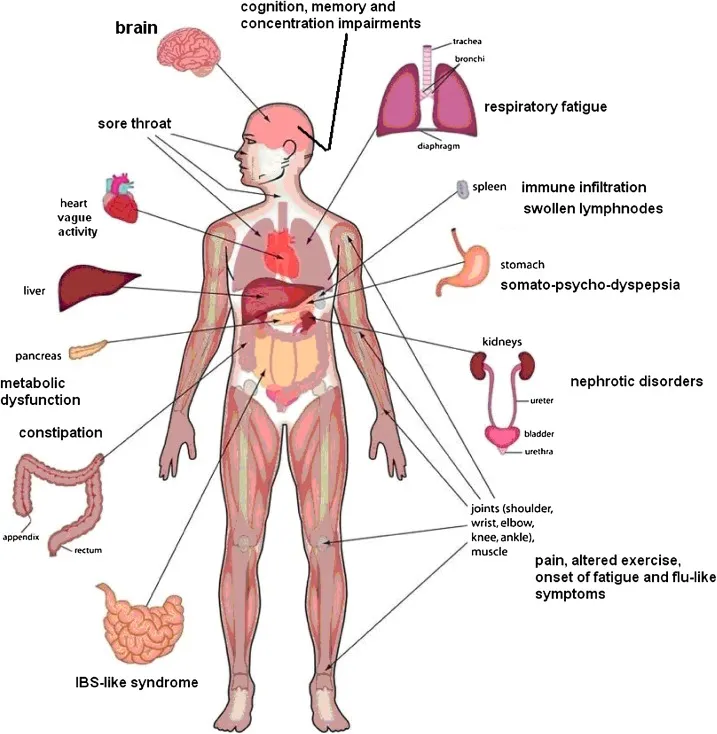
Muscular dystrophy encompasses a group of diseases leading to progressive muscle weakness and loss of muscle mass. The development of abnormal genes disrupts the production of necessary proteins crucial for healthy muscle function.

Fibromyalgia stands as a complex and often misunderstood condition characterized by widespread musculoskeletal pain, fatigue, and sleep disturbances
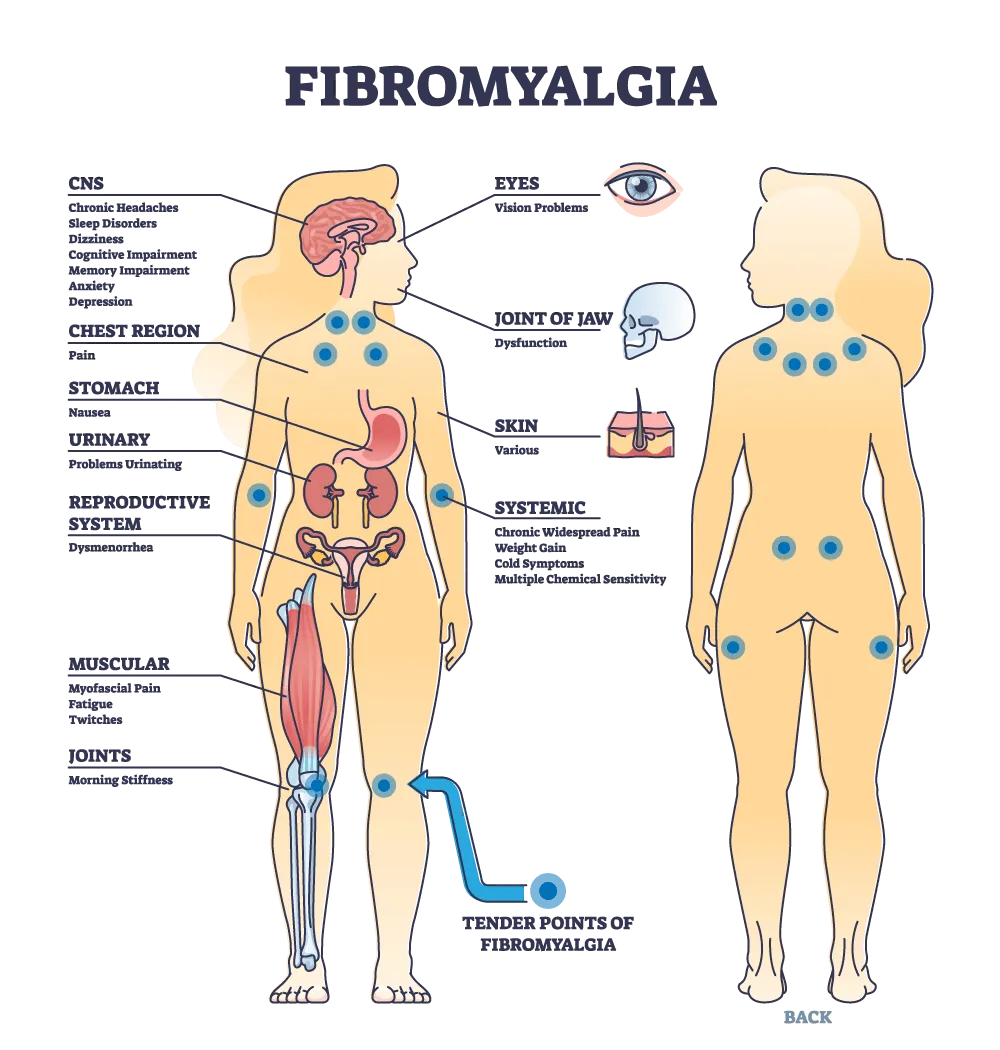
Bunions, medically referred to as "hallux valgus," are a common and often painful foot deformity that affects the joint at the base of the big toe.
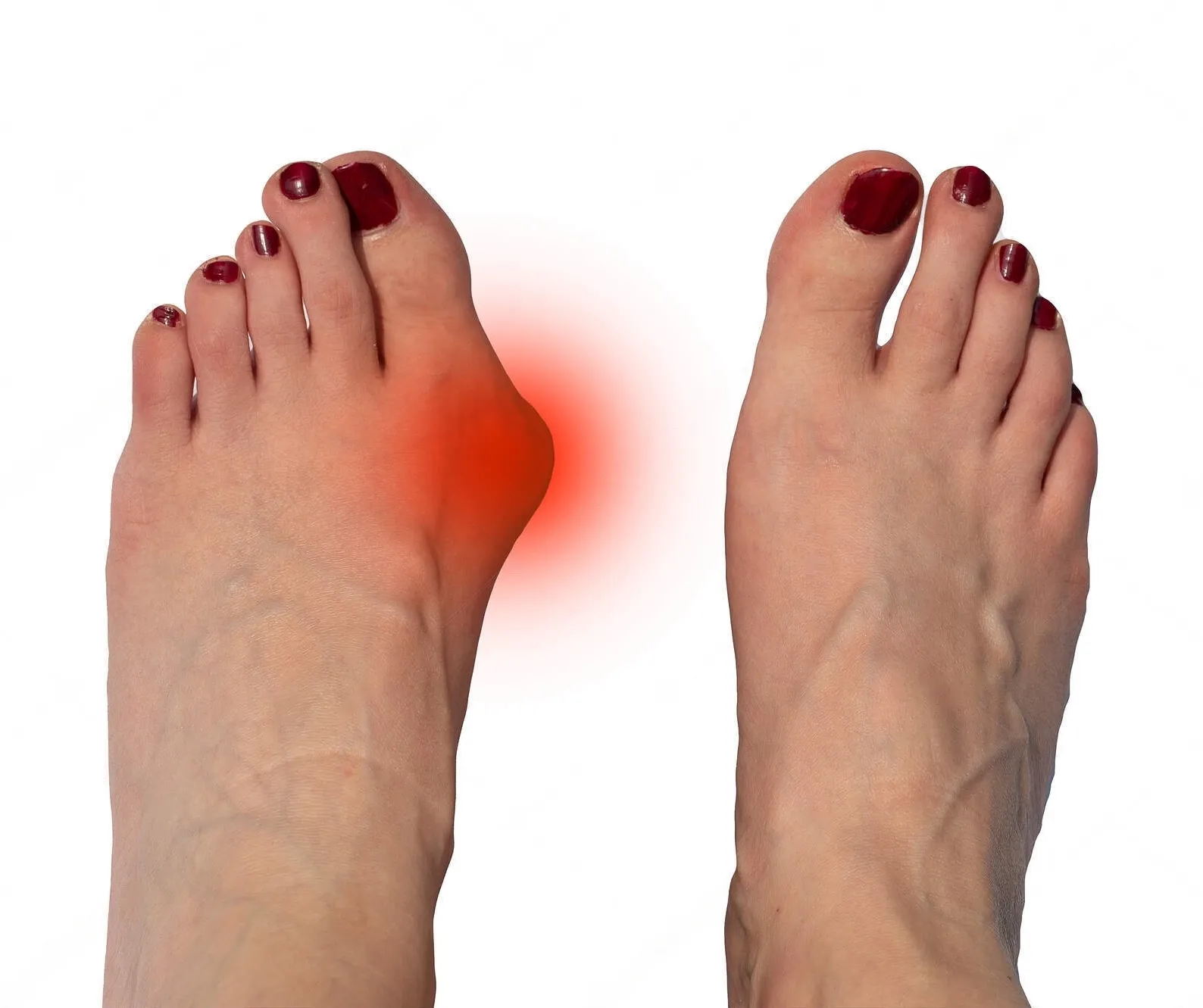
Herniated disc symptoms can be debilitating, causing pain, numbness, and mobility limitations.
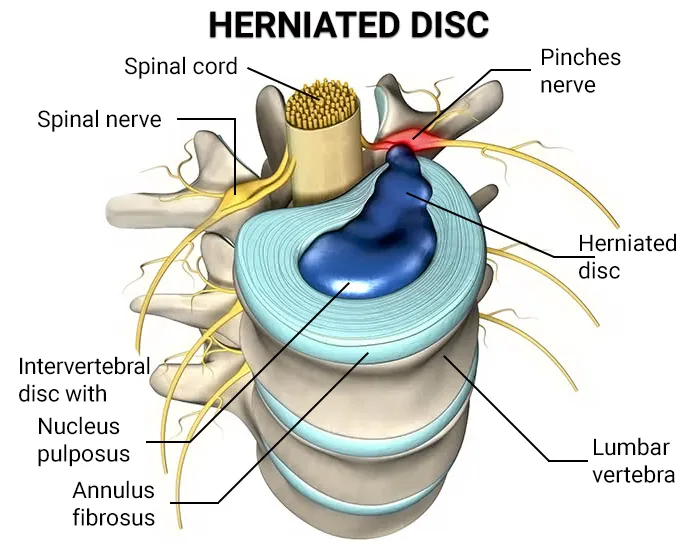
A heel spur is a bony growth that pokes out below your back heel bone inside of your foot. Heel spurs happen when stress and strain damages your foot ligaments.
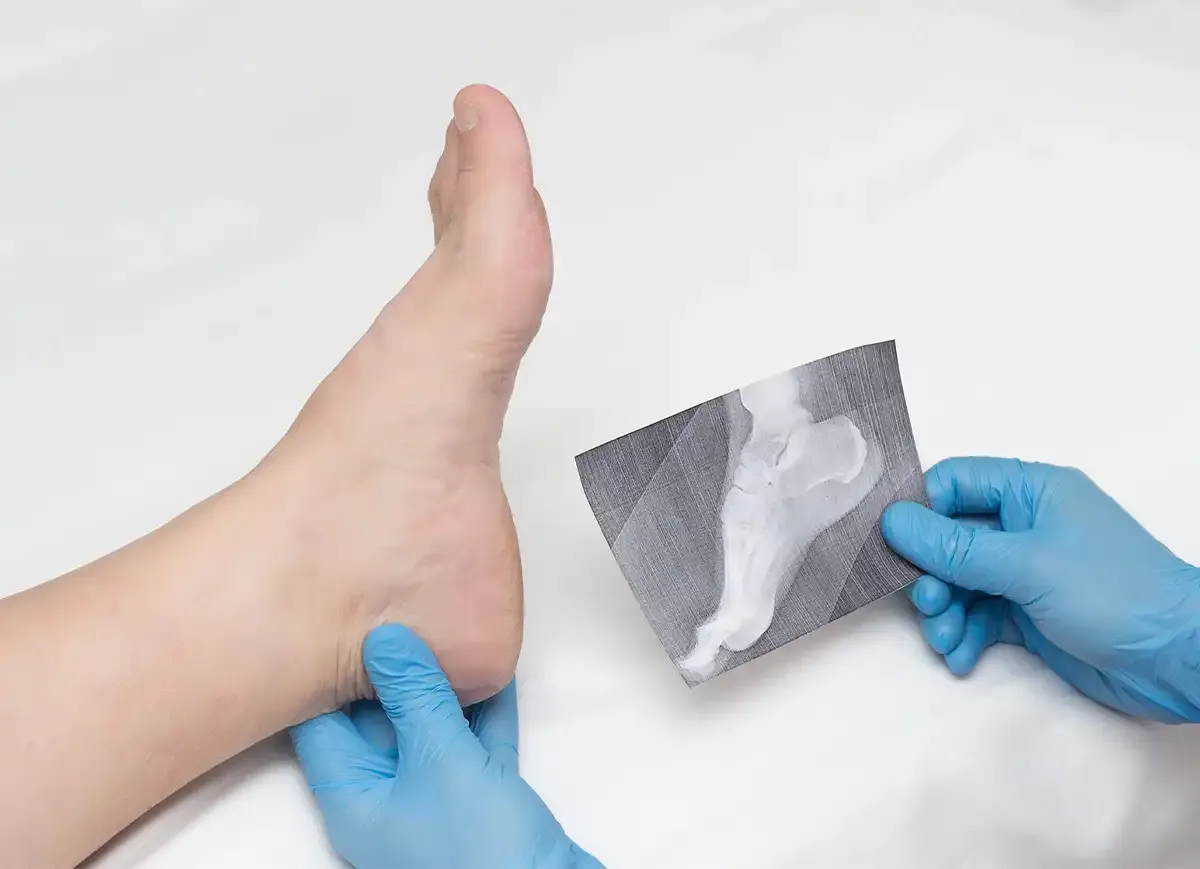
Knee pain is a widespread issue that can significantly impact a person's mobility and quality of life.Knee pain is a widespread issue that can significantly impact a person's mobility and quality of life.
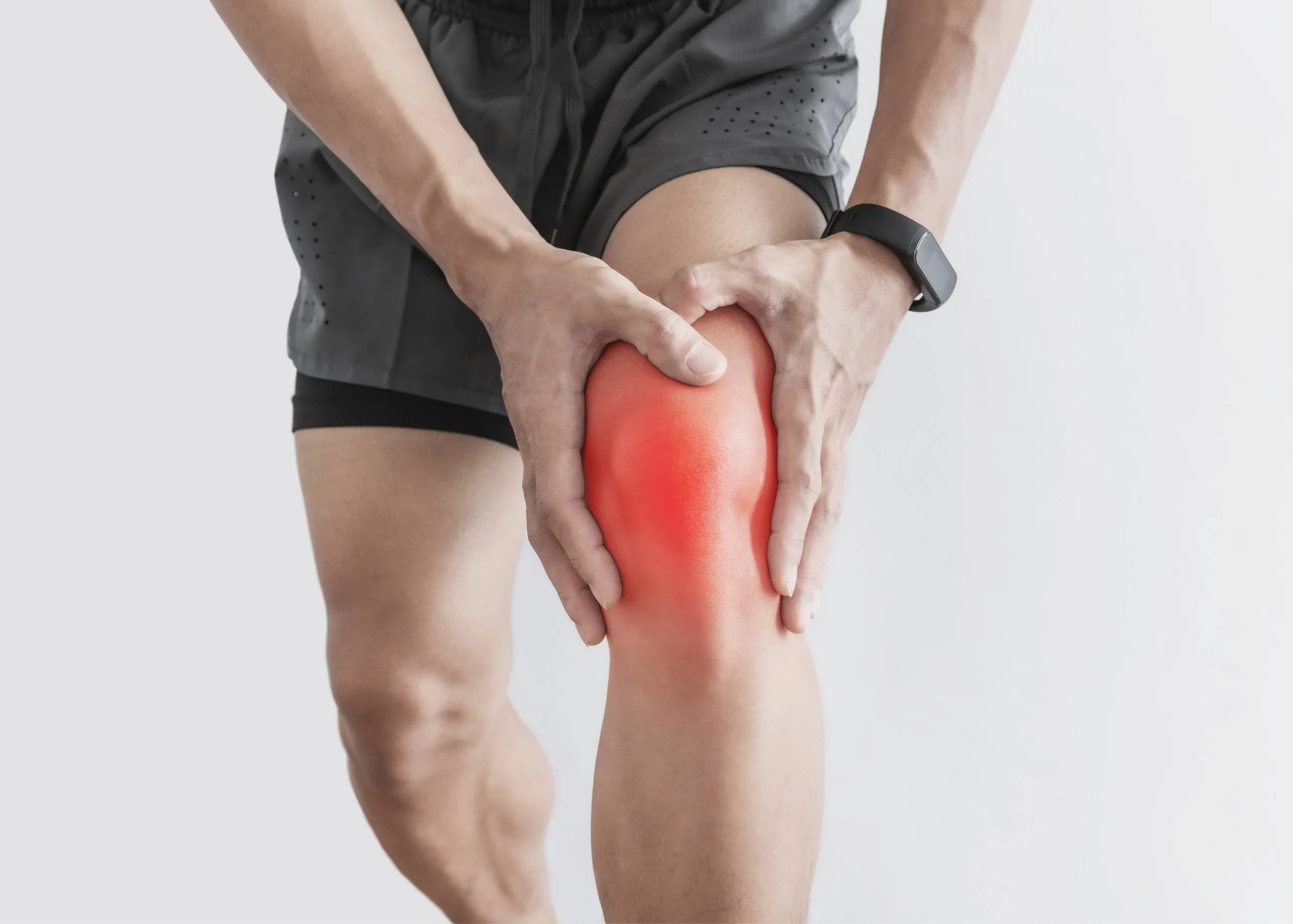
Heel pain can be a nagging and uncomfortable issue that affects many people. In this article, we will explore the various causes of heel pain, common symptoms associated with it, and the available treatments that can help you find relief and get back to your active lifestyle.
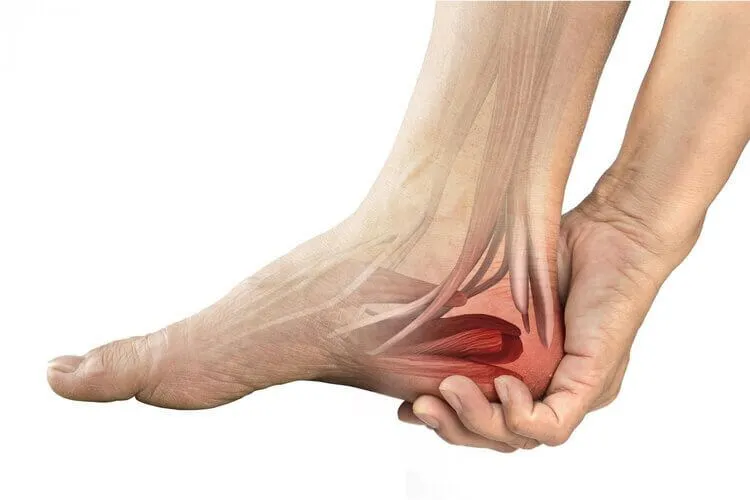
Military Neck, also referred to as Cervical Kyphosis, is a condition that affects the natural curvature of the cervical spine, resulting in the loss of its typical curve.
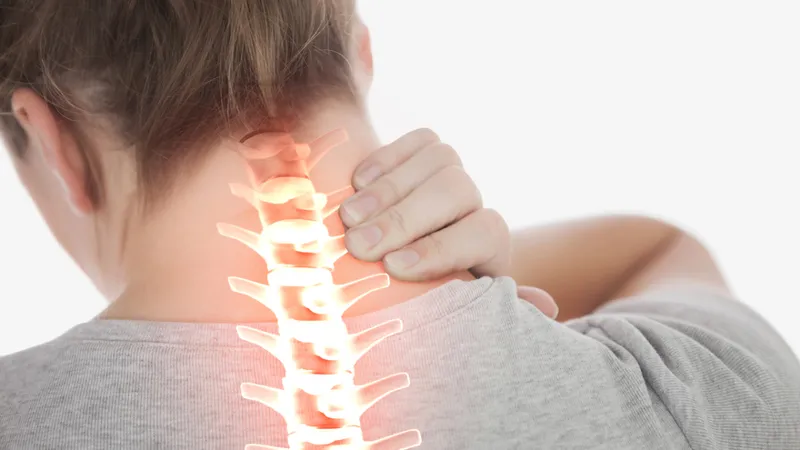
Migraines and headaches are prevalent neurological disorders that affect a significant portion of the population.

Lymphedema is a chronic condition characterized by the accumulation of lymphatic fluid, leading to persistent swelling, typically in the arms or legs.
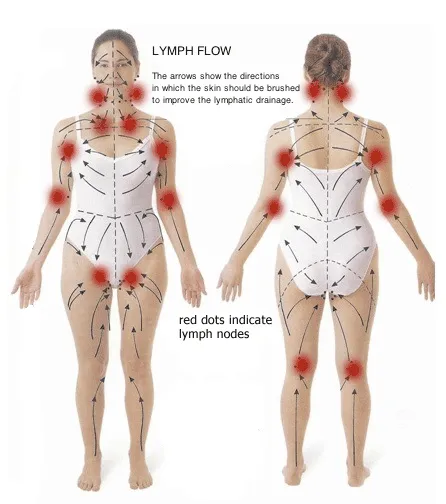
Plantar fasciitis is a common and often painful foot condition that affects millions of people worldwide.
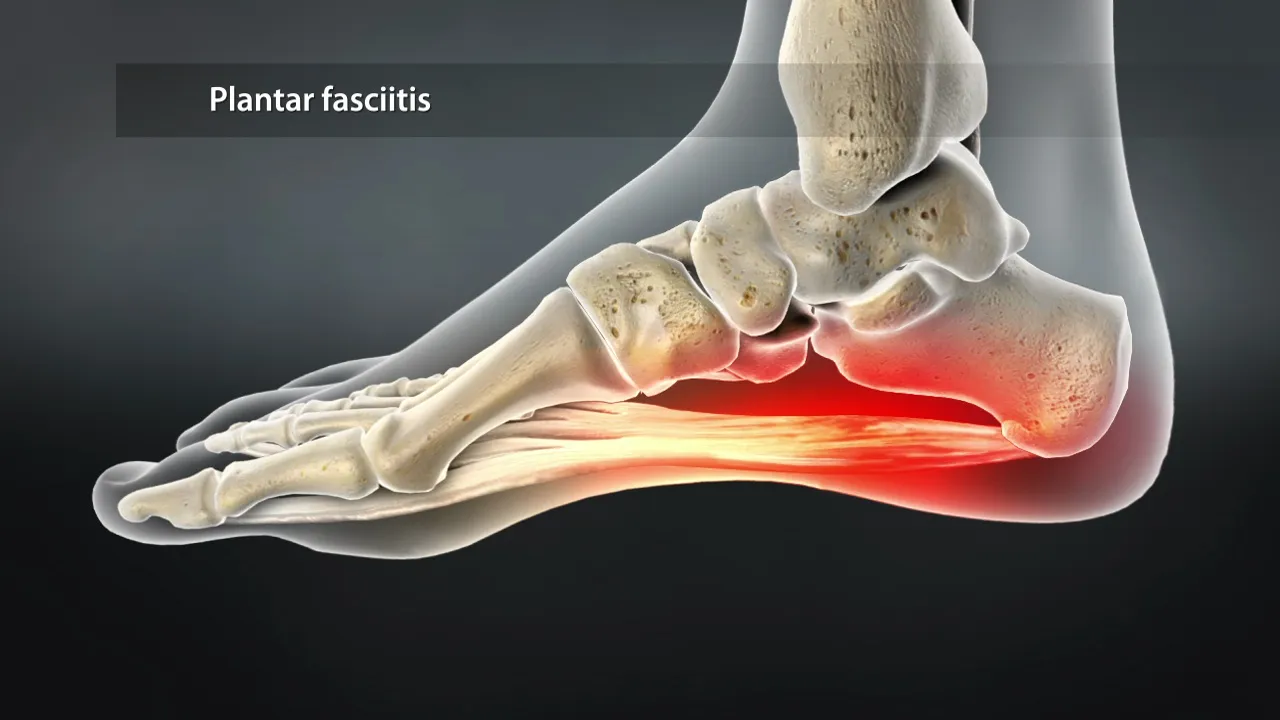
motor vehicle accidents (MVA) can result in a wide range of injuries, from minor bruises to severe trauma. in the aftermath of such incidents, seeking prompt medical attention is crucial for assessing and addressing any injuries sustained.

Sarcopenia is the gradual loss of muscle mass that can affect people in their 30s and beyond. WebMD explains its symptoms, causes, diagnosis, and treatments.
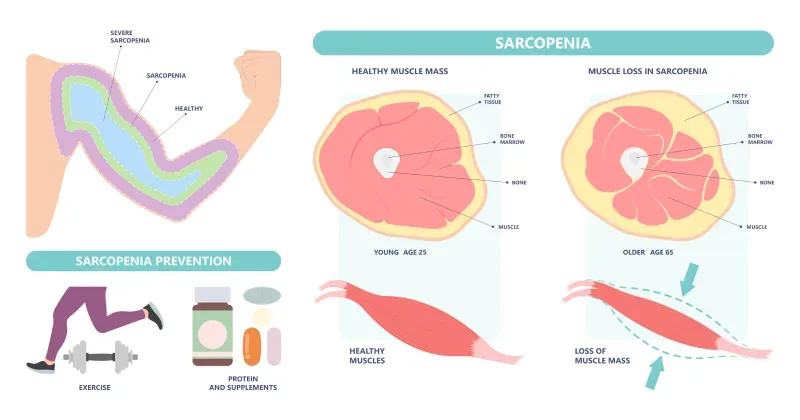
Spinal stenosis, a prevalent spinal condition, is characterized by the narrowing of the spinal canal, leading to discomfort and neurological symptoms.

The sacroiliac joint, a crucial junction between the sacrum and the ilium bones in the pelvis, plays a pivotal role in supporting the weight of the upper body.
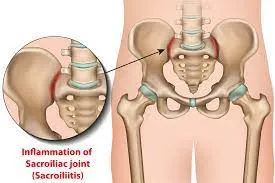
A rotator cuff injury can be a painful and limiting condition, impacting the functionality of the shoulder.
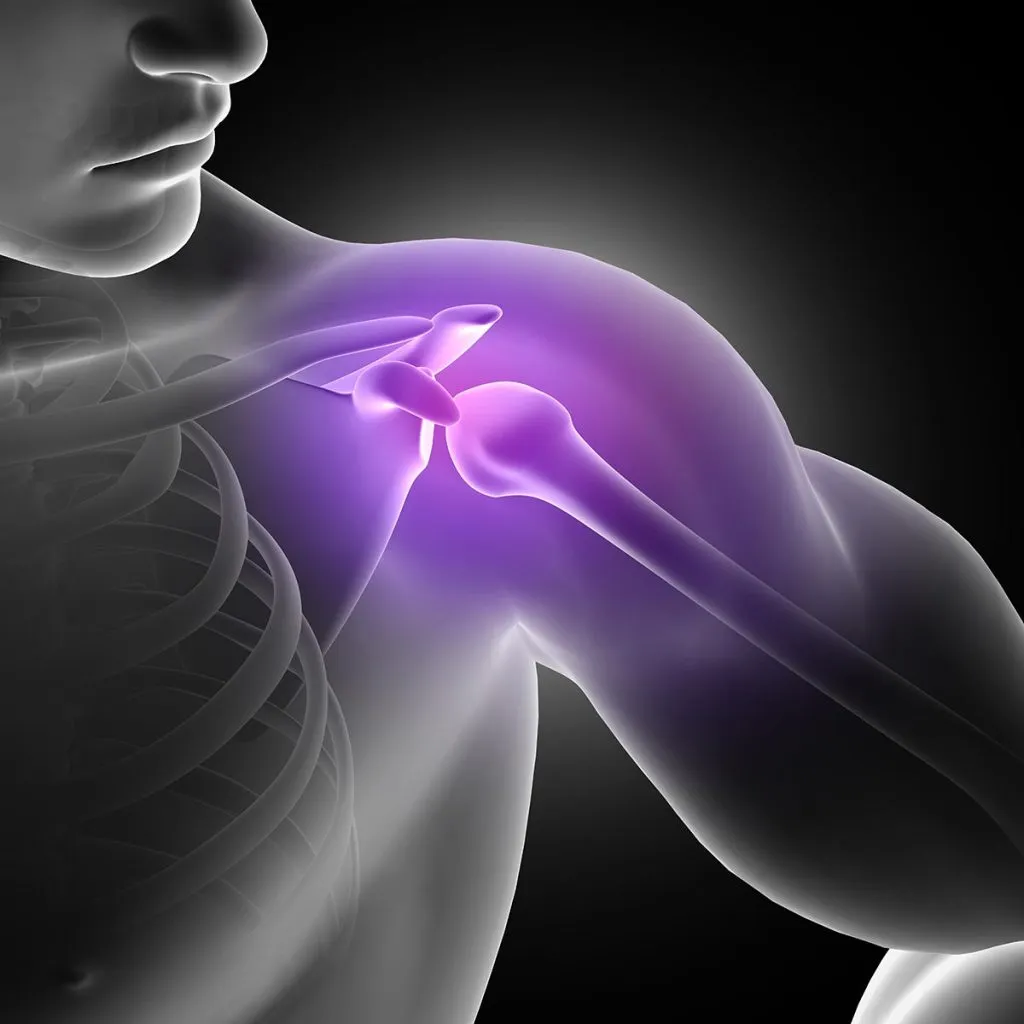
Suffering from lower back pain from sitting? It could be from poor ergonomics in your workplace. Learn more with these tips for how to alleviate pain from sitting.

Sciatica is a painful and often debilitating condition that affects numerous individuals worldwide.
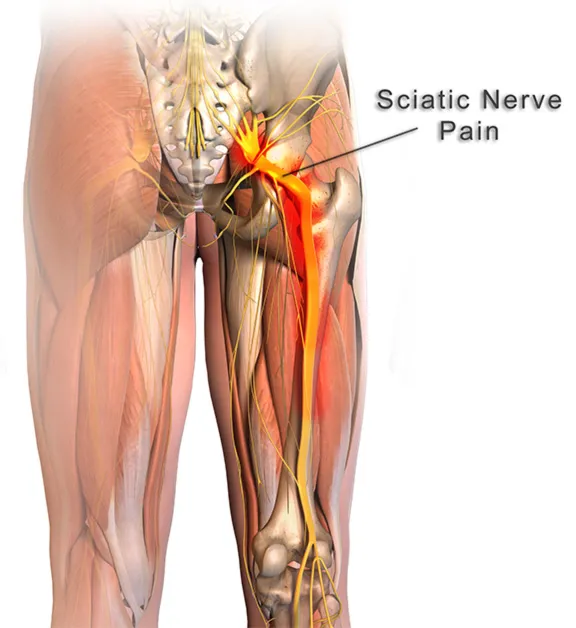
Gluteal tendinopathy is a condition that affects the tendons in the gluteal region, leading to pain and restricted mobility.
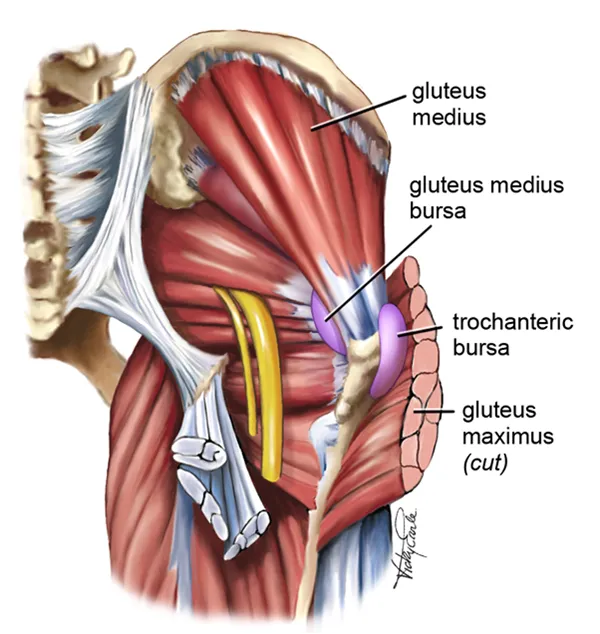
Tennis Elbow, also known as Lateral Epicondylitis, is a painful condition that affects the tendons in the forearm, causing discomfort and limited mobility in the elbow and wrist.

The temporomandibular joint (TMJ) serves as a pivotal mechanism, allowing us to perform everyday activities such as speaking, chewing, and yawning with ease. However, when this complex joint encounters issues, it can lead to Temporomandibular Joint Syndrome (TMJ syndrome).
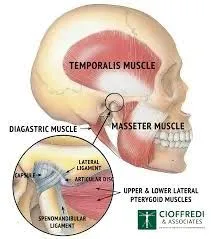
Tarsal Tunnel Syndrome (TTS) is a common and often painful condition affecting the tarsal tunnel—a narrow passage in the ankle.
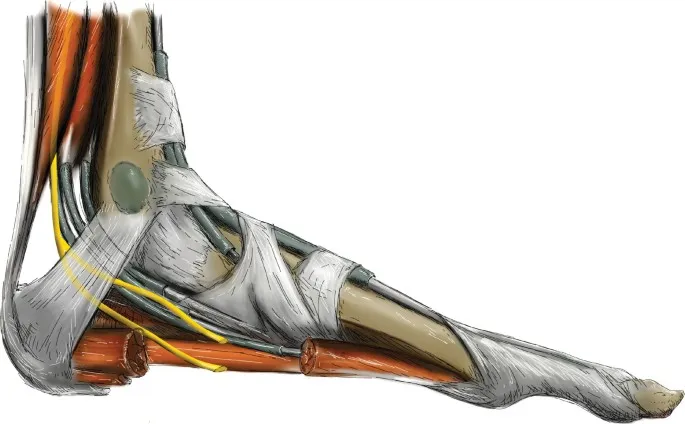
Explore the impact of time-restricted eating on heart health. Learn about the connection between diet and cardiovascular risk.
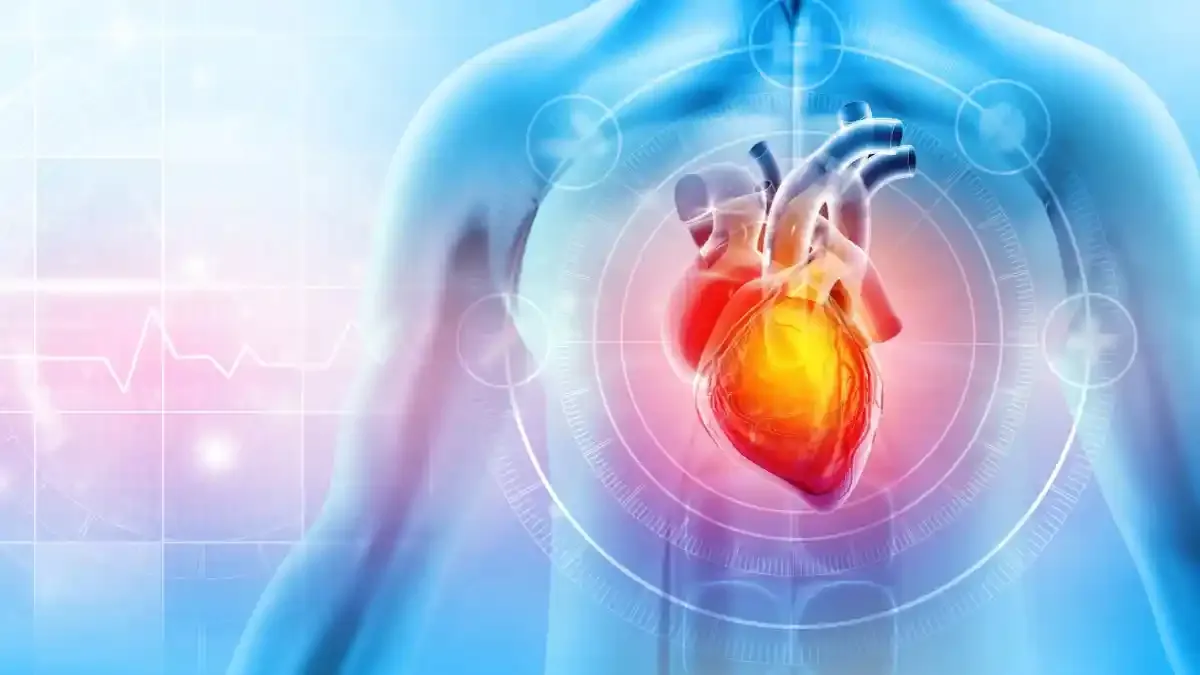
Most cases of foot or ankle pain are short term and are caused by soft tissue injuries, such as sprains or strains. You can usually ease the pain yourself But see York Rehab Clinic if the pain does not improve.
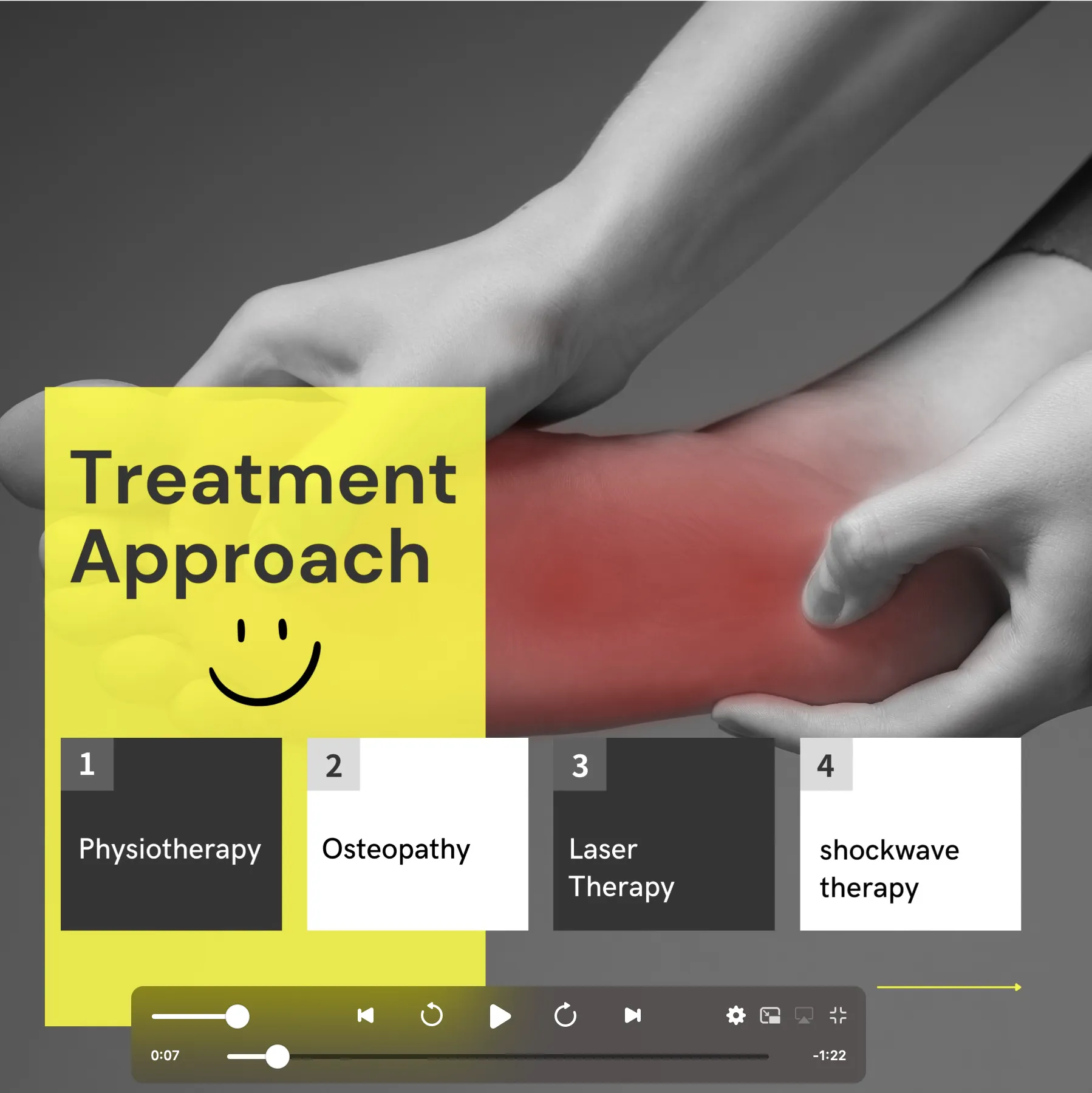
Bow legs is a genetic condition where the knees bow outward when standing. Learn its symptoms and causes at York Rehab Clinic.
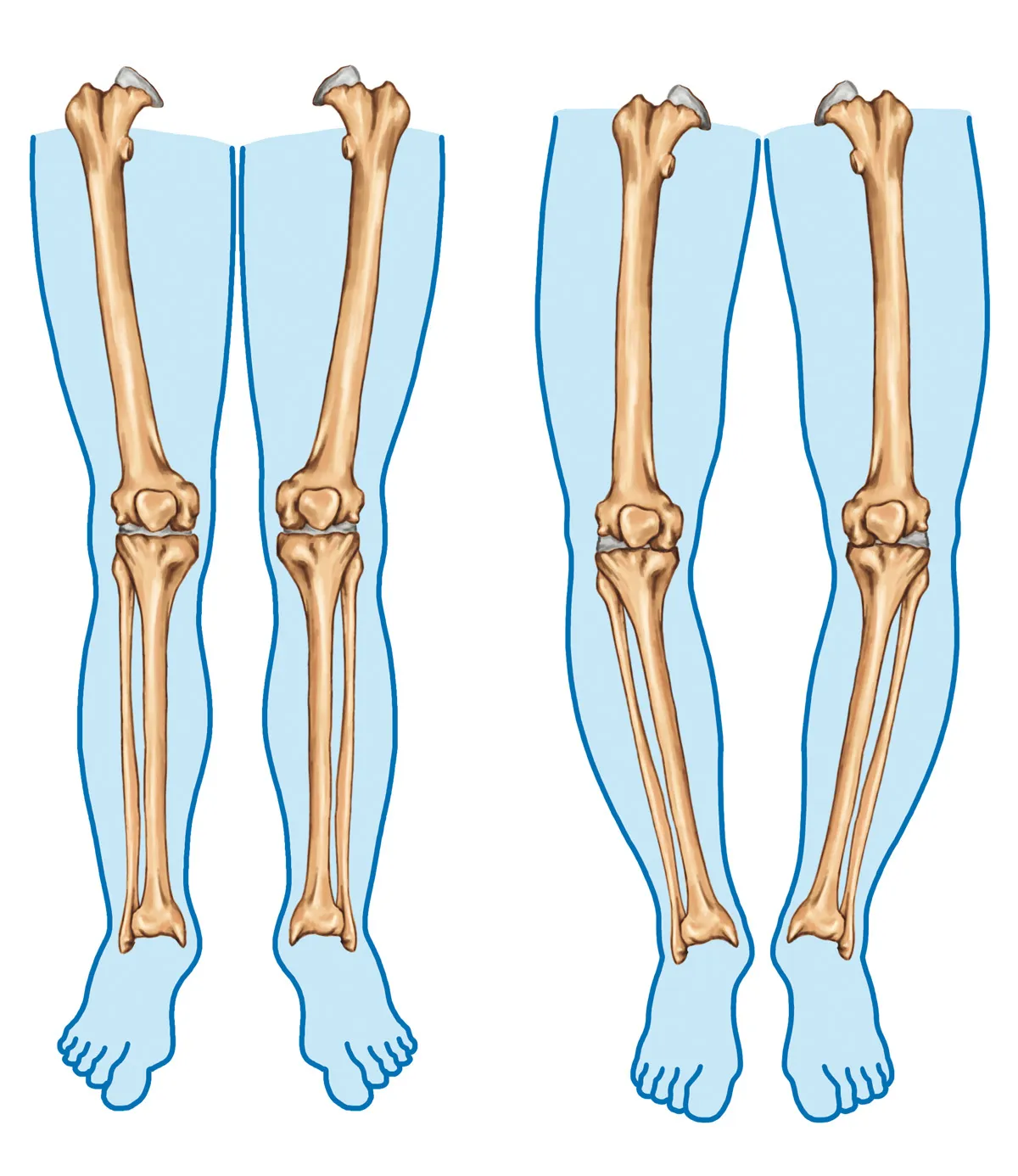
This article explores the complexities of Parkinson’s Disease and sheds light on the therapeutic benefits offered by osteopathy and physiotherapy.
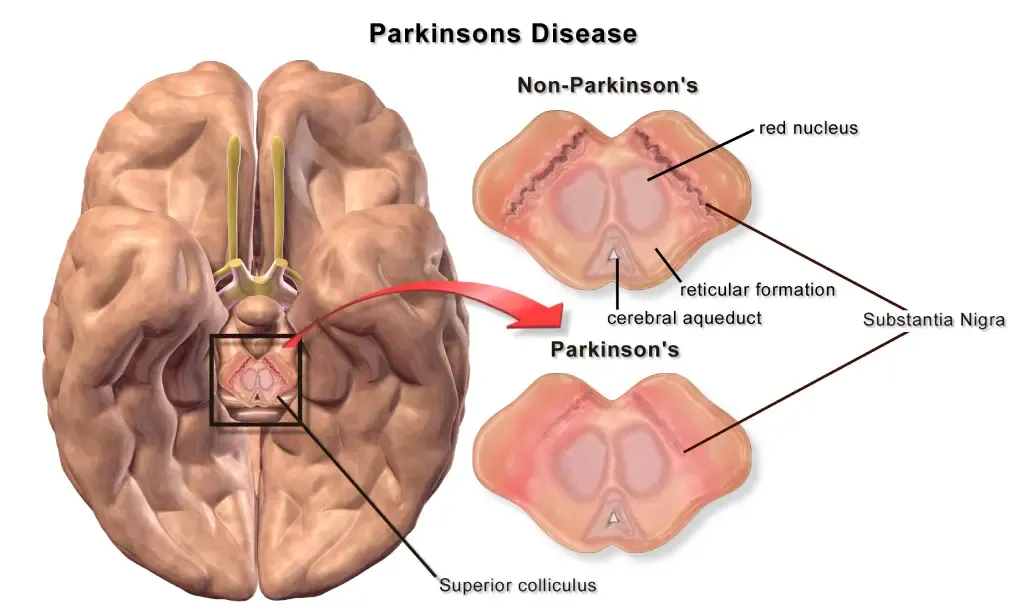
Cervical spondylosis, a prevalent condition, unfolds as a result of wear and tear on the spinal discs in the neck.
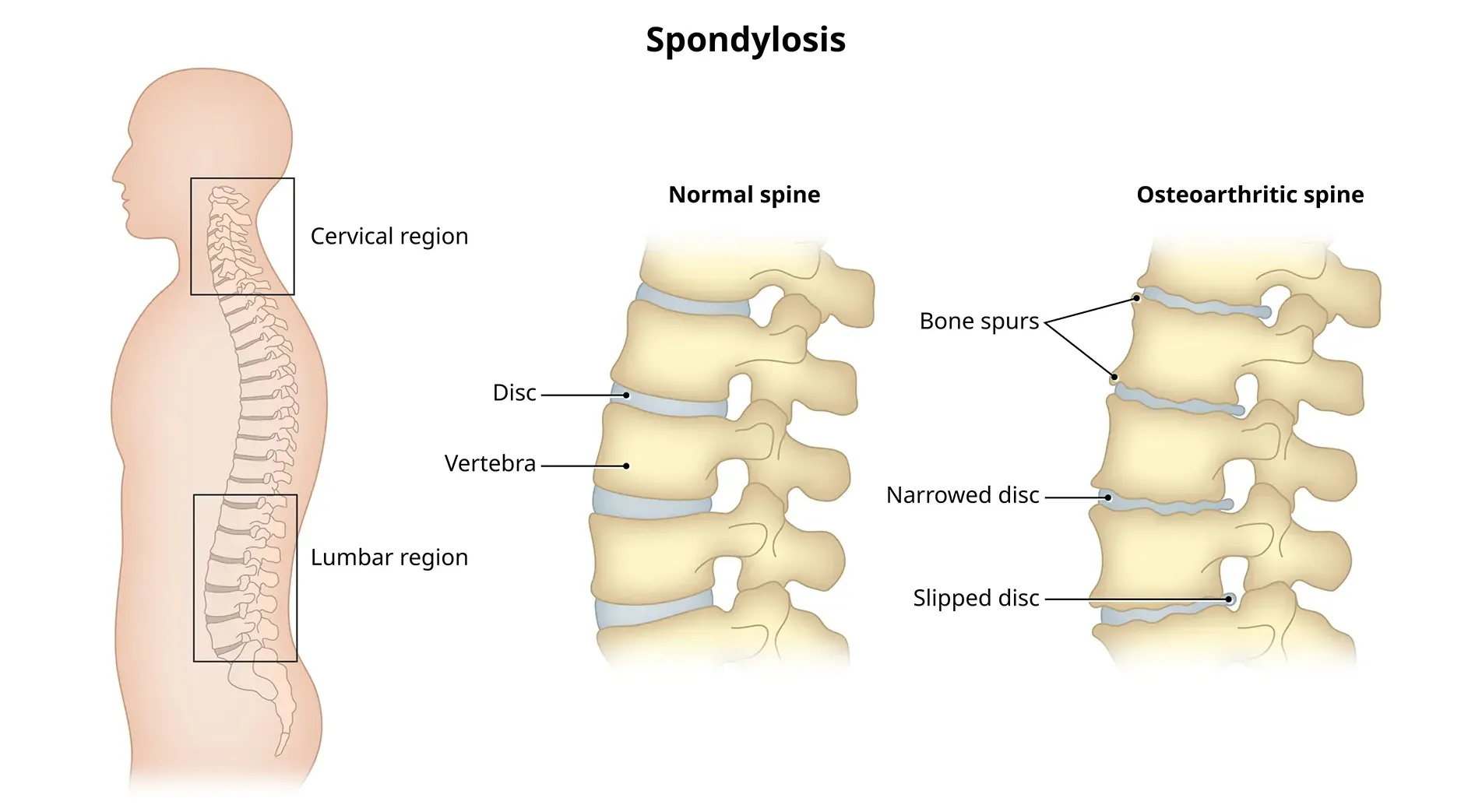
A dowager’s hump, a curve at the base of your neck, can cause extreme fatigue, back pain and headaches.
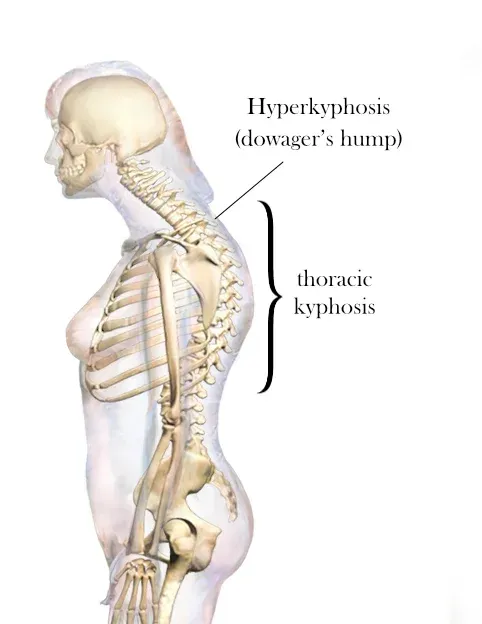
Flat feet cause pain, muscle strain, and fatigue. Treatments can ease discomfort. Symptoms include ankle pain, muscle fatigue and changes in walking.
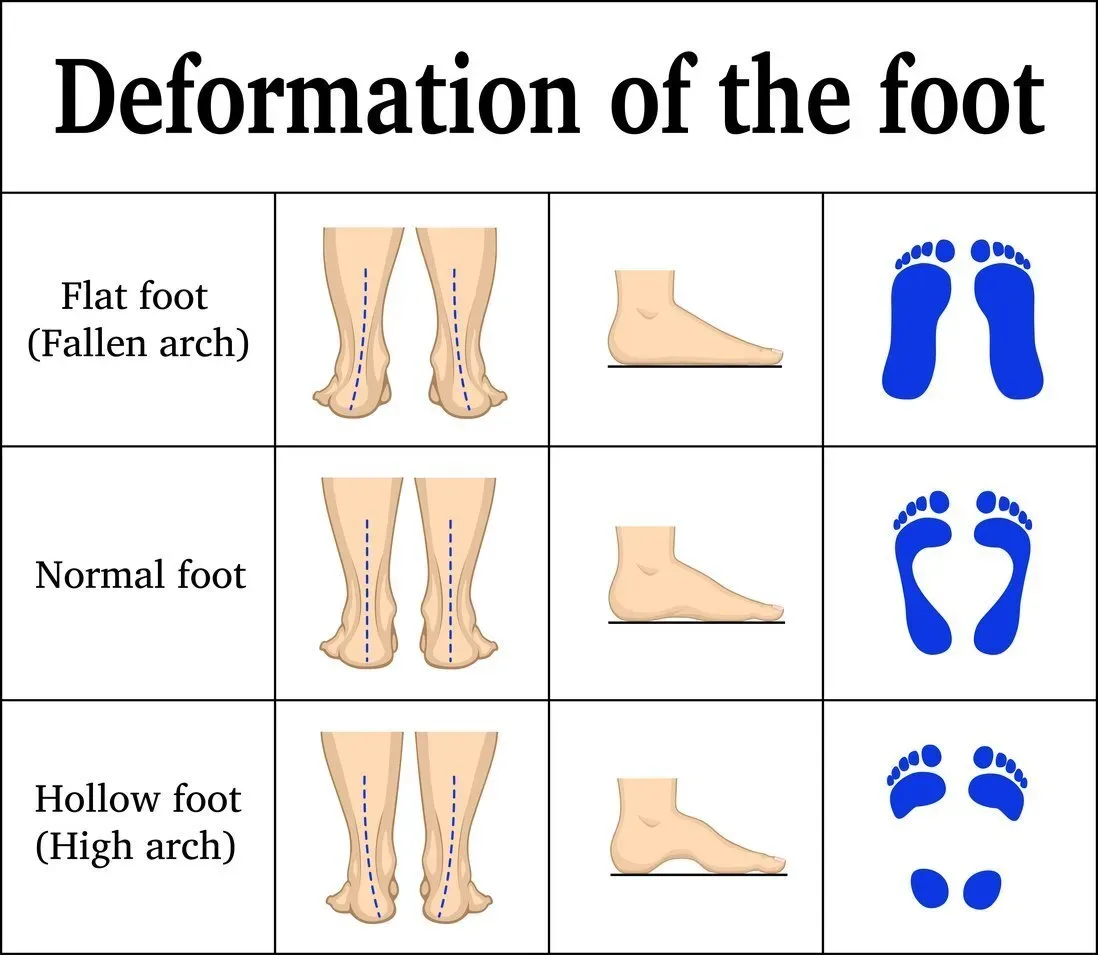
Traumatic brain injury (TBI) often results from a violent blow or jolt to the head or body, causing various physical and psychological effects.
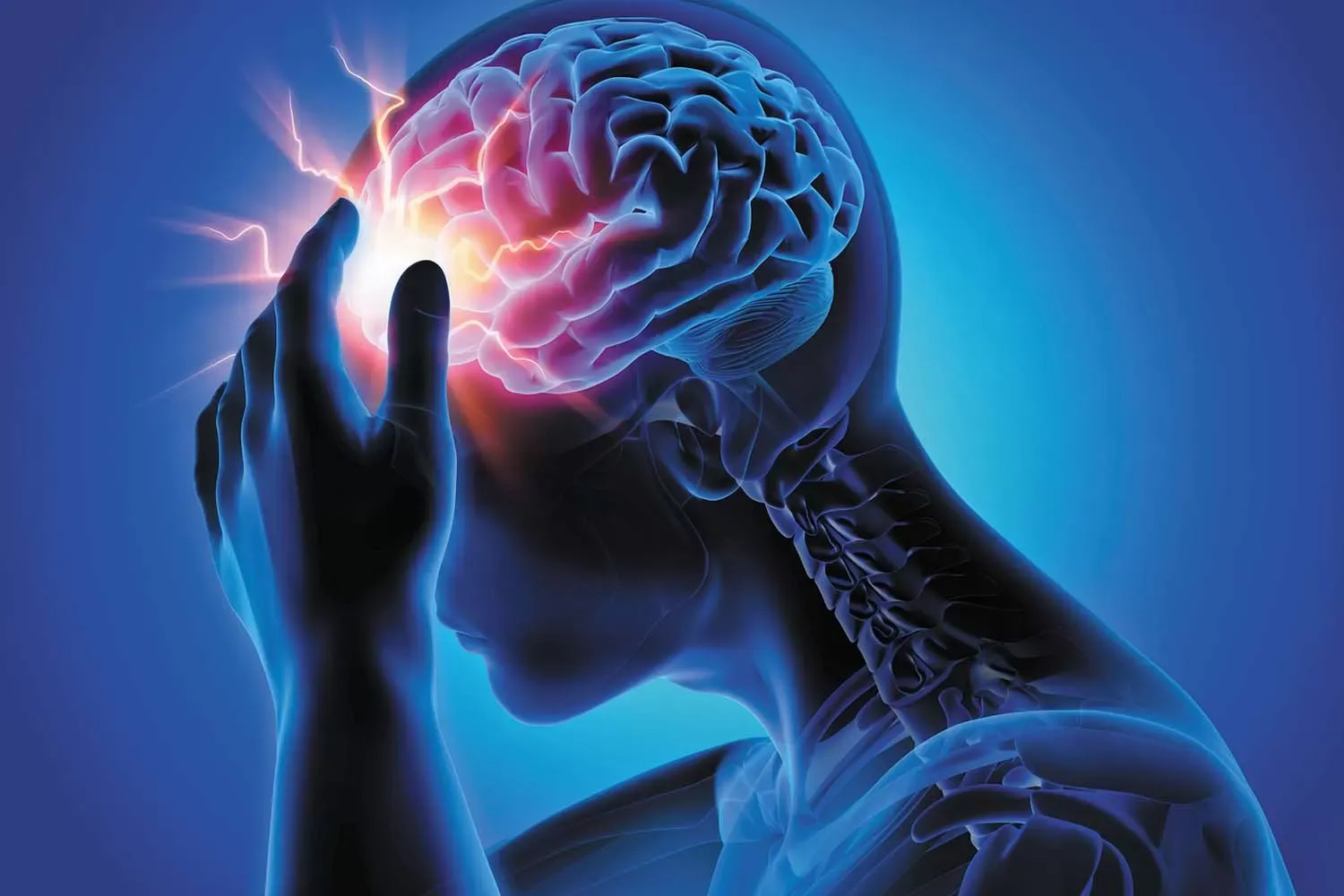
Introduction: Neck stiffness can be a discomforting and limiting condition that affects people of all ages.
